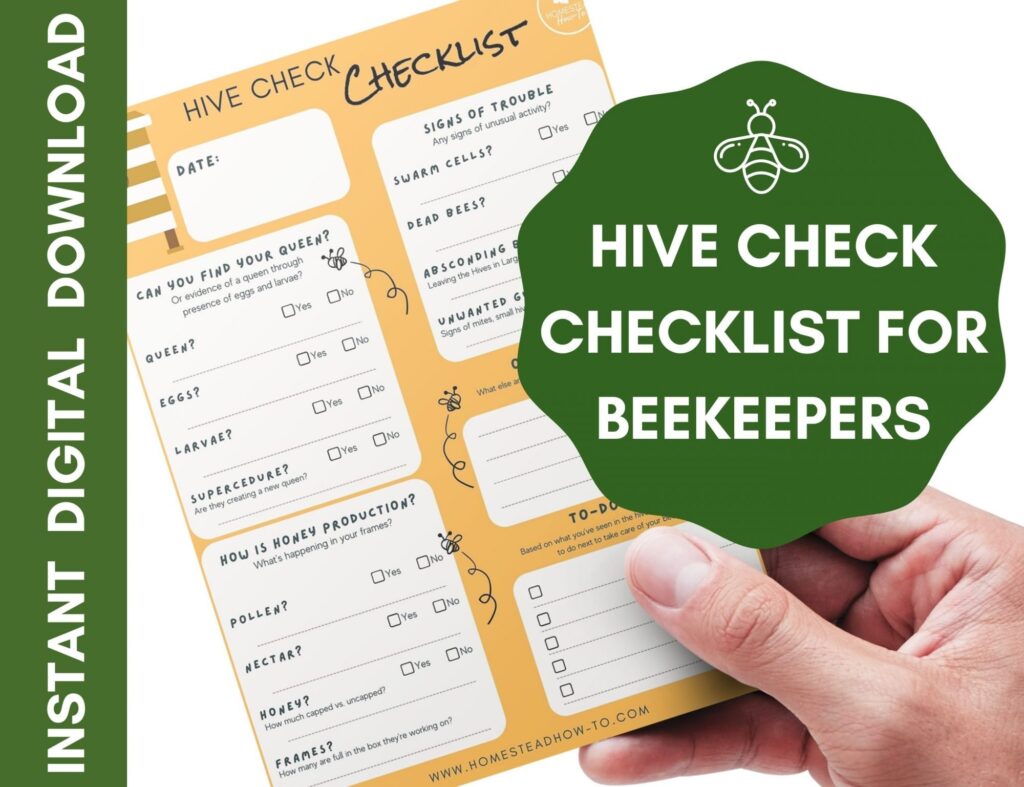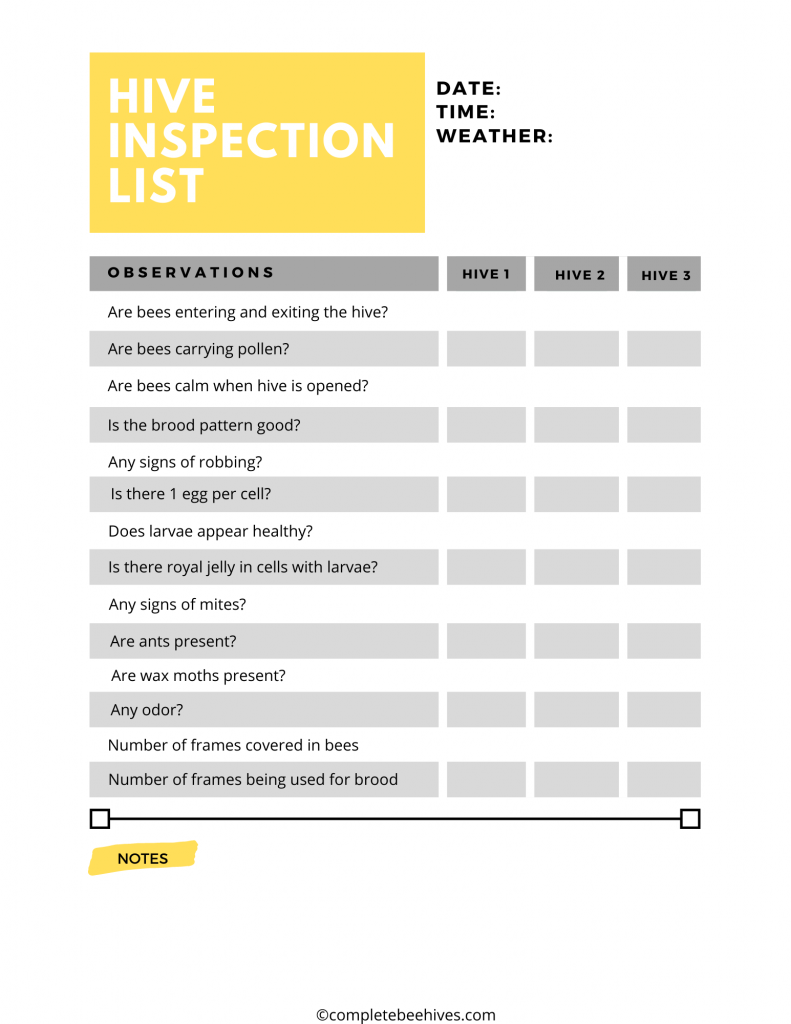
Are you a beekeeper looking to ensure the health and productivity of your hives? Look no further! In this article, we will guide you through the essential routine inspections that every beekeeper must conduct to keep their hives thriving. From examining honey production to monitoring population growth, these regular health checks will help you maintain the well-being of your bees and maximize their honey production. So grab your beekeeping gear and get ready to learn how to keep your hives buzzing with vitality!
Hive Location
Checking Surrounding Area
When assessing the location of your hive, it is crucial to consider the surrounding area. Make sure that there are ample sources of nectar and pollen in the vicinity, as this will directly affect the health and productivity of your hive. Additionally, check for any nearby sources of water, as bees require water for hydration and cooling the hive. Be mindful of potential hazards such as pesticides or other chemicals that could harm the bees.
Considering Accessibility
Another important aspect to consider when selecting a hive location is accessibility. You want to ensure that you can easily access the hive for regular inspections, maintenance, and honey extraction. A flat surface, preferably elevated from the ground, will provide stability and prevent flooding during heavy rain. Proximity to your home or beekeeping area will save you time and effort when tending to your bees.
Housing and Structure
Checking for Structural Integrity
Regularly inspecting the hive’s structure is essential for the bees’ well-being. Look for any cracks, gaps, or signs of decay in the hive boxes, frames, and other structural components. Properly maintained equipment will protect the bees from the elements and help maintain stable hive conditions.
Inspecting Hive Components
During each inspection, it’s important to examine the hive components thoroughly. Check if the frames are securely attached and in good condition. Ensure that the hive boxes are clean and free from debris. Inspect the hive entrance to ensure it is unobstructed and provides proper ventilation.
Cleaning and Maintenance
Maintaining a clean hive is crucial for the overall health of your bees. Regular cleaning will help prevent the buildup of pests, diseases, and pathogens. Remove any excess propolis, wax, or other debris from the frames and hive boxes. Replace damaged frames or hive boxes as necessary. Regularly scrape off and clean the bottom board to prevent mites and pests.

Internal Hive Inspection
Checking Brood Pattern
When inspecting your hive, it’s essential to evaluate the brood pattern. Look for a healthy brood pattern with consistent spacing between cells and capped brood. Abnormalities such as spotty brood or irregular patterns could indicate issues with the queen or diseases.
Assessing Honey Stores
Assessing the honey stores is crucial to ensure the bees have enough food to sustain themselves. Adequate honey reserves are essential during periods of nectar dearth or unfavorable weather conditions. As you inspect the frames, ensure that there is ample capped honey and uncapped nectar available for the bees.
Examining Frames and Comb
The condition of the frames and comb plays a vital role in maintaining a healthy hive. Look for well-drawn, properly-aligned comb and frames that provide sufficient space for the bees. Ensure there is no cross-combing or burr comb that can impede inspections. Replace any damaged or old frames to maintain optimal hive health.
Identifying Signs of Disease or Pest Infestation
Vigilance in identifying signs of disease or pest infestation is crucial for the overall health of your hive. Look for any abnormal coloring or texture on the brood, as this may indicate diseases such as American foulbrood or chalkbrood. Be on the lookout for mites, hive beetles, or other pests that may harm the bees. Take prompt action if any signs of disease or infestation are detected.
Queen Health
Finding the Queen
Locating the queen is an essential part of hive inspections. It is vital to ensure she is present, as she plays a crucial role in colony productivity and overall health. Observe the pattern of worker bees and larvae to locate the queen. Additionally, explore the frames for any signs of her presence, such as eggs or brood cells she may have laid.
Checking Queen Performance
Assessing the performance of the queen is essential to determine her productivity. Evaluate the brood pattern, quantity, and overall health of the brood she has produced. Look for any signs of poor brood quality or irregularities that could indicate the need for queen replacement or intervention.
Replacing or Restoring the Queen
If you observe consistent poor performance by the queen, such as low brood production or aggressive behavior, it may be necessary to replace her. Introducing a new queen or requeening can be done through various methods such as direct placement or using queen introduction cages. Ensure to follow proper procedures and methods based on beekeeping best practices.

Bee Population
Counting Bees
Monitoring the bee population size is crucial for gauging the health and vigor of the hive. Observe the number of bees entering and leaving the hive during inspections. Pay attention to seasonal fluctuations and assess if the population is within a healthy range for the given time of year.
Evaluating Bee Behavior
Bee behavior can provide valuable insights into hive health. Monitor the activity at the hive entrance to evaluate the cleanliness and orderliness of the bees. Active foraging, pollen collection, and the absence of aggressive behavior are positive indicators of hive health. If you notice unusual or aggressive behavior, it could be a sign of hive stress or disease.
Recognizing Abnormalities
During your inspections, be on the lookout for any abnormalities in bee appearance or behavior. Notice if there are bees with deformed wings, signs of pathogen infections, or unusually high numbers of dead bees present. These abnormalities may indicate the presence of diseases or pests and should be addressed promptly to prevent further spread or harm to the colony.
Ventilation and Temperature Control
Monitoring Ventilation
Proper ventilation is crucial for maintaining a comfortable and healthy hive environment. Ensure that the hive entrance is unobstructed and provides sufficient airflow. During inspections, assess the ventilation by observing how the bees regulate temperature and humidity within the hive.
Checking Adequate Hive Insulation
Maintaining proper insulation helps the bees regulate hive temperature, especially during extreme weather conditions. Assess the thickness and condition of hive insulation materials such as inner covers, outer covers, and insulated hive wraps. Replace or add insulation as needed to provide optimal conditions for the bees.

Feeding and Nutrition
Assessing Food Stores
Regularly evaluating the food stores within the hive is essential to prevent starvation and ensure the bees have adequate nutrition. Estimate the amount of capped honey, open nectar, and pollen stores available to the bees. Supplemental feeding may be necessary during periods of low nectar flow or when honey reserves are depleted.
Supplemental Feeding
Supplemental feeding provides additional nourishment to the bees during times of scarcity. Sugar syrup can be provided as a substitute for nectar. Utilize feeders such as top feeders or entrance feeders to deliver the syrup directly to the bees. Follow recommended feeding practices to prevent robbing or other negative impacts.
Pollen Patties and Protein Supplements
Pollen patties and protein supplements are beneficial for the overall health and development of the bees. These supplements provide essential nutrients and bolster brood production. Consider using commercial pollen patties or creating your own homemade substitutes using ingredients such as soy flour or brewer’s yeast.
Hive Security
Examining Entrance
Regularly inspecting the hive entrance is crucial for hive security. Ensure that there are no obstructions, such as grass or debris, blocking the entrance. Examine the landing board for signs of predation or aggression by other animals. Clear away any obstacles and maintain a secure entrance for the bees.
Preventing Predation and Hive Intrusion
Take proactive measures to prevent predation and hive intrusion. Consider installing entrance reducers or mouse guards to protect against entry by pests or small animals. Utilize hive stands with legs coated with an adhesive barrier to deter ants or other crawling pests. Regularly monitor and address any signs of predator activity promptly.

Seasonal Hive Management
Spring Preparation
Spring is a crucial season for beekeepers. Inspect the hive for winter damage and assess the overall health of the colony. Provide supplemental feeding if necessary to support brood production and nectar collection. Prepare the hive for the upcoming honey flow by adding supers and ensuring ample space for expansion.
Summer Management
During the summer months, continue regular inspections to monitor hive health and population. Assess honey production and remove supers when they are fully capped and ready for extraction. Manage pests and diseases by employing appropriate integrated pest management techniques. Maintain adequate water sources to help bees stay hydrated during hot weather.
Fall Preparation
As fall approaches, begin preparing the hive for winter. Inspect and assess overall hive health to address any necessary treatments or interventions. Ensure that there are ample honey stores available for the bees to survive winter. Consider feeding the bees with sugar syrup or fondant to supplement their food reserves.
Winterization
Winterization is critical to help the bees survive the colder months. Ensure that the hive is adequately insulated and protected from drafts. Reduce the hive entrance to prevent heat loss and intrusion by pests. Regularly monitor hive weight and provisions and provide supplemental feeding if necessary. Be cautious when inspecting the hive during winter to minimize disturbance and heat loss.
Record-Keeping
Maintaining Hive Records
Maintaining accurate hive records is essential for effective beekeeping management. Record important information such as hive location, inspections, treatments, and overall hive performance. Keep track of queen status, population size, honey production, and any abnormal observations. These records will serve as a valuable reference for future hive management decisions.
Monitoring and Tracking Hive Performance
Regularly monitor and track the performance of your hive over time. Analyze trends in population size, honey production, disease prevalence, and overall health. Use this information to identify areas for improvement, evaluate the success of management strategies, and make informed decisions regarding hive health and productivity.
By conducting routine inspections based on these various aspects of hive health, you can ensure the well-being and success of your beekeeping endeavors. Regular assessments, proper maintenance, and prompt interventions will help you create a thriving and productive hive. Remember, a healthy hive is a happy hive!
